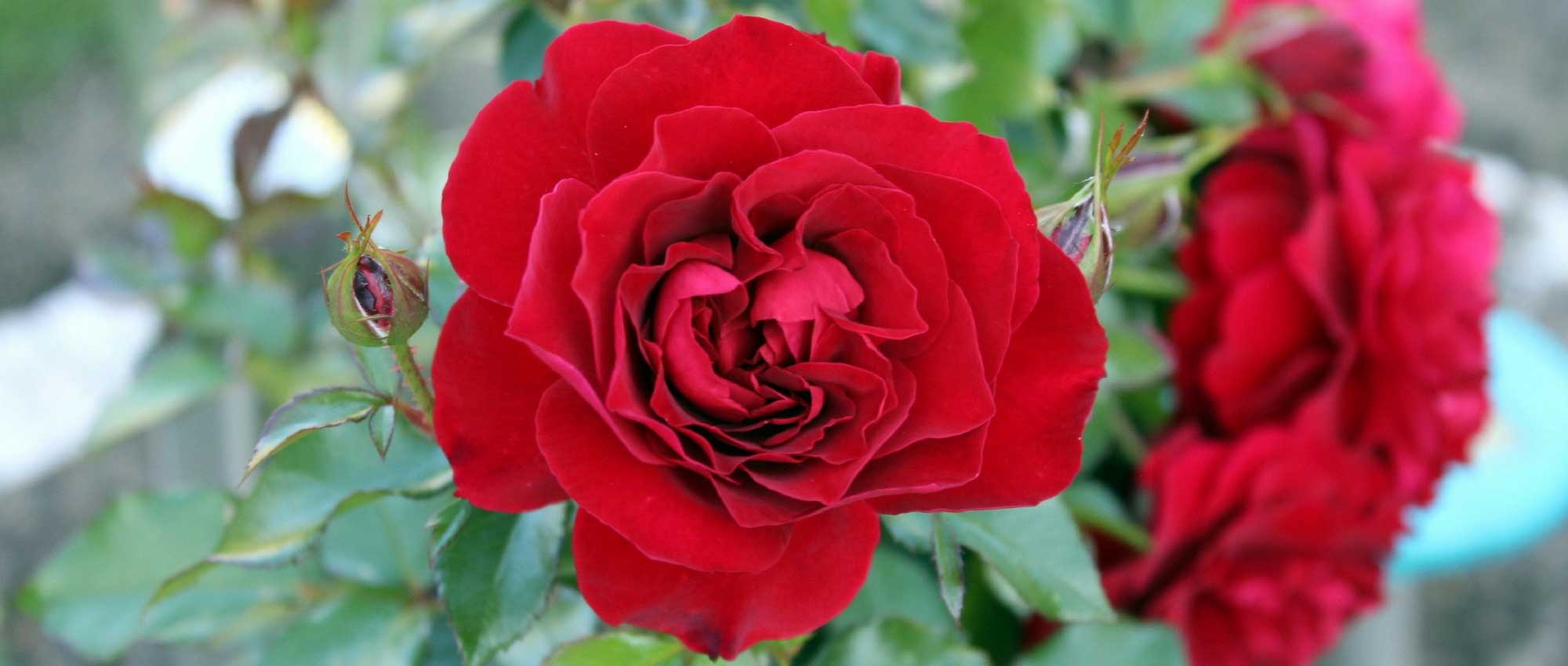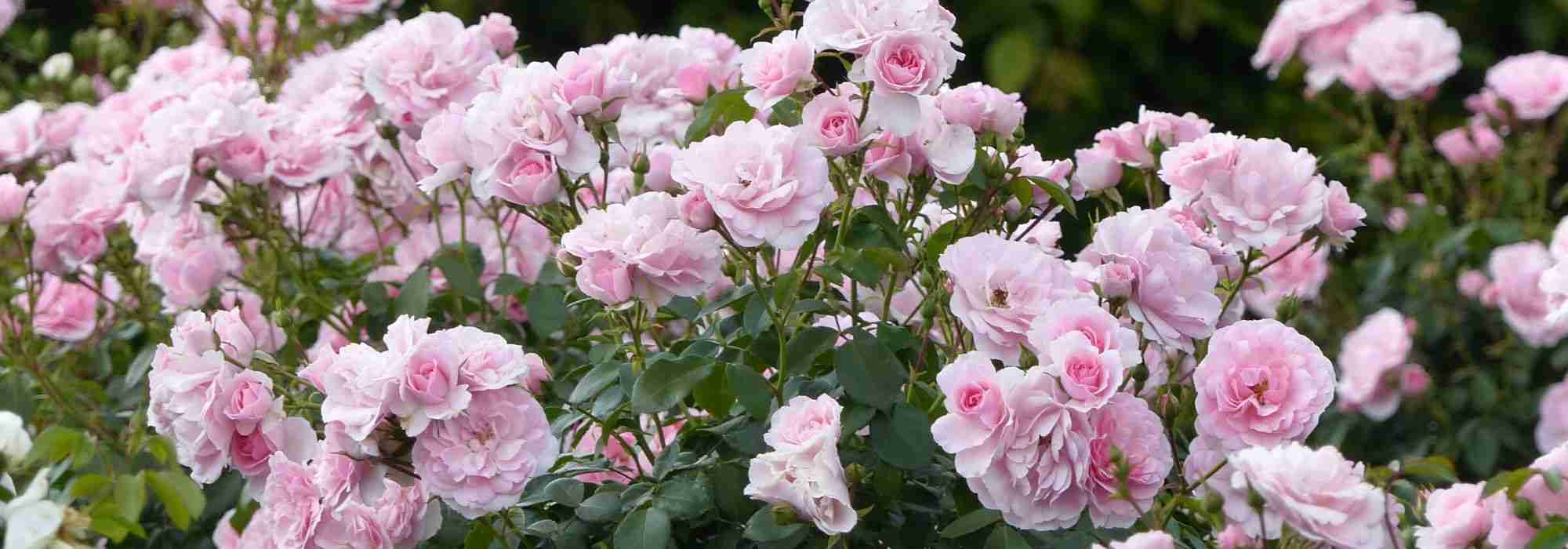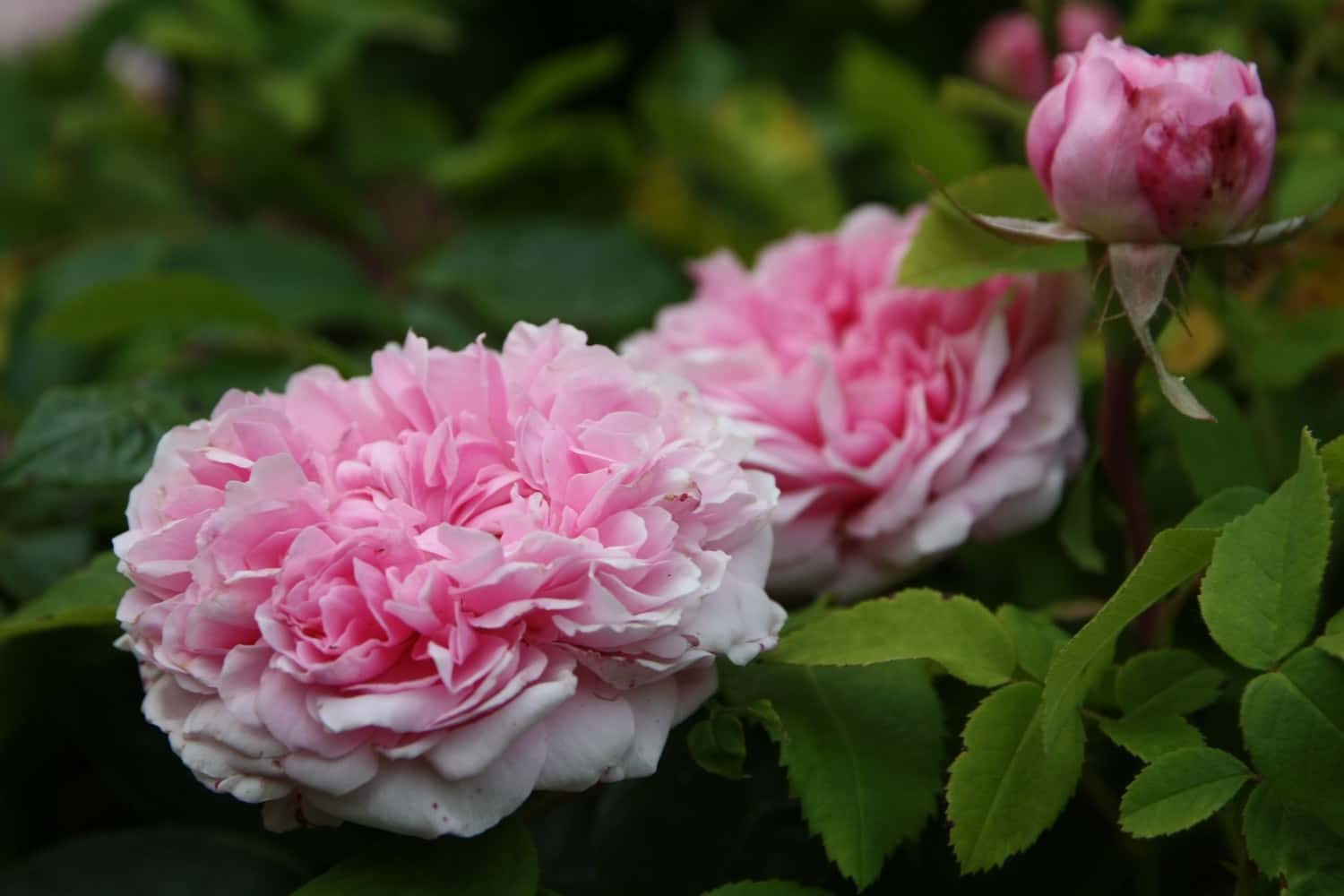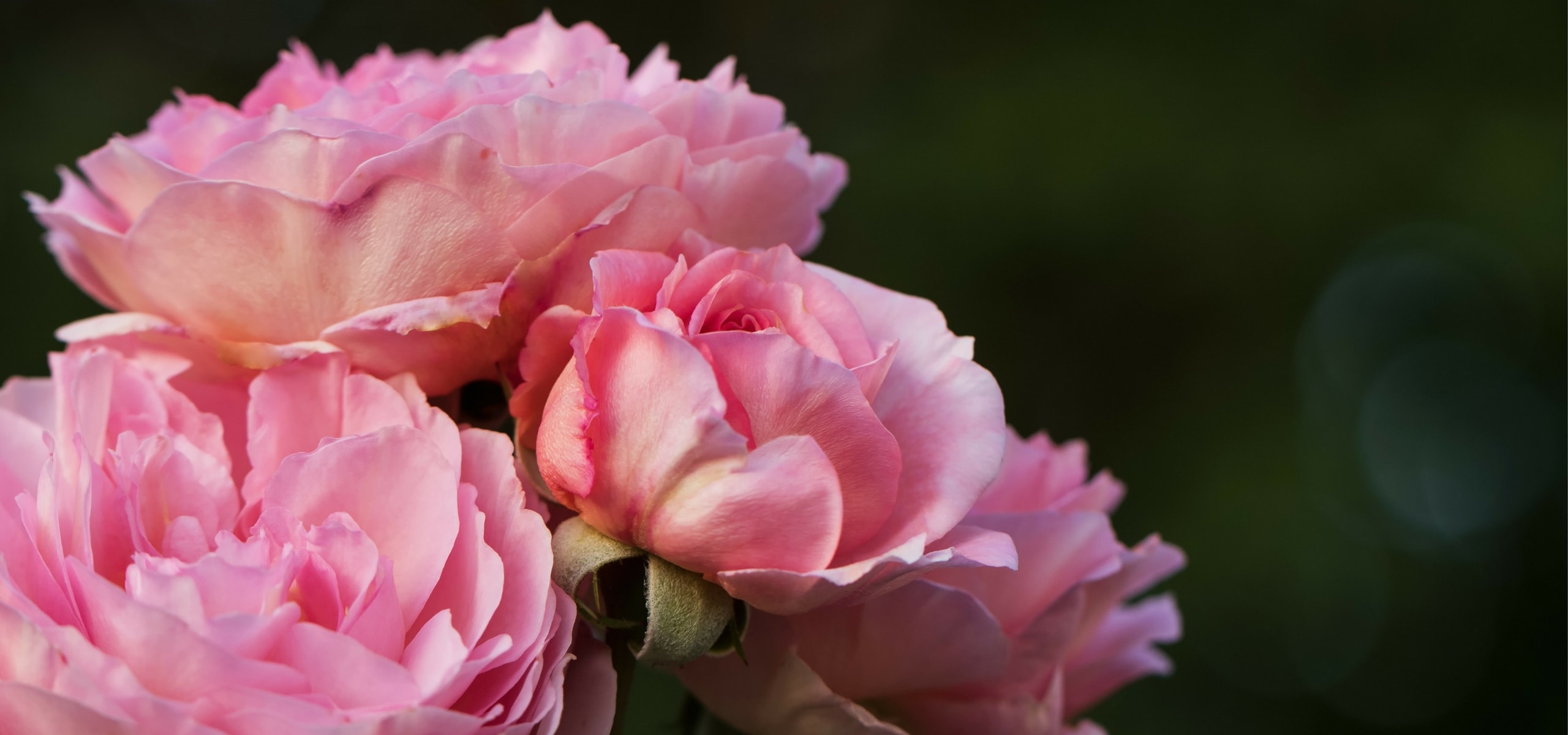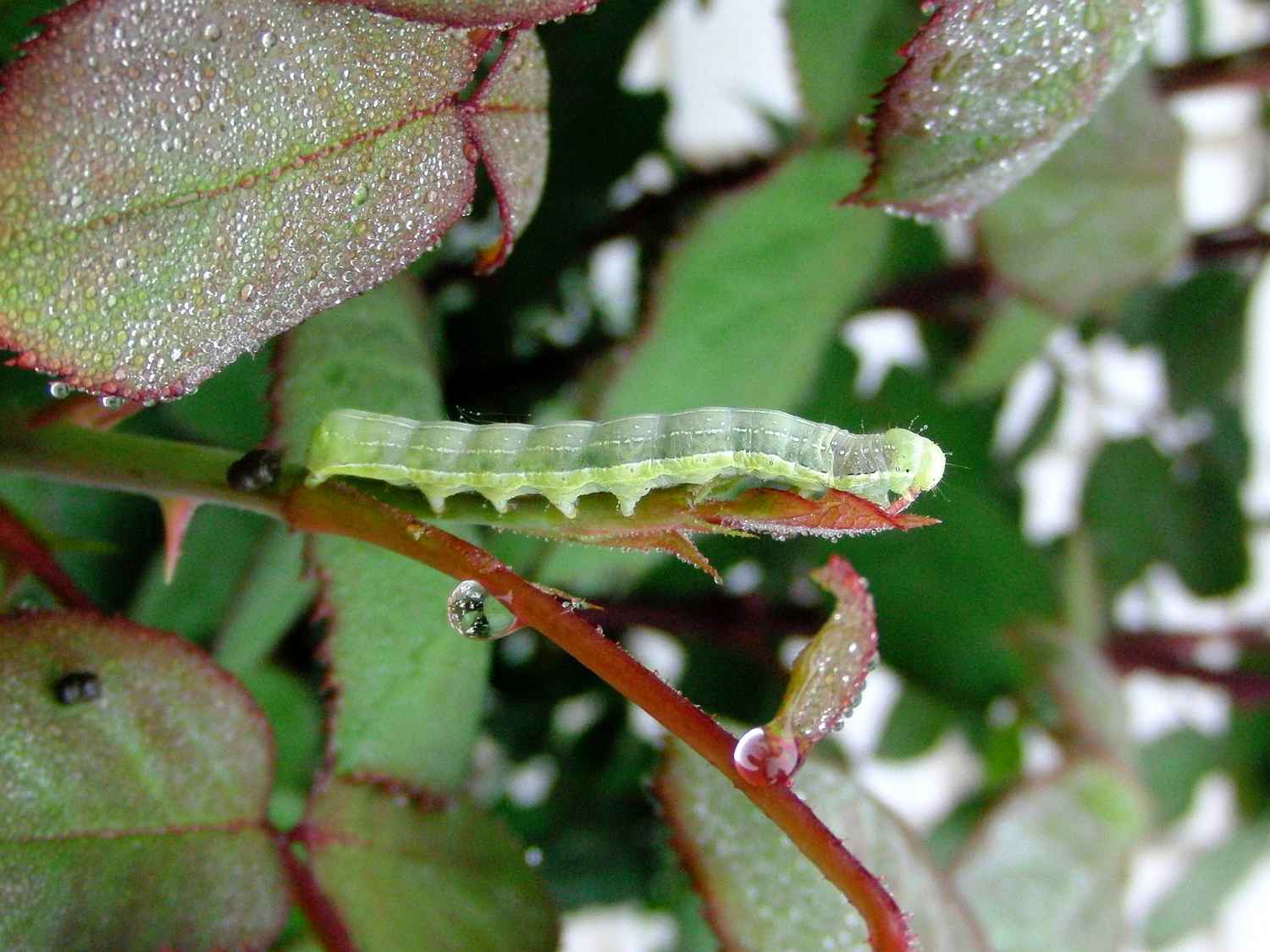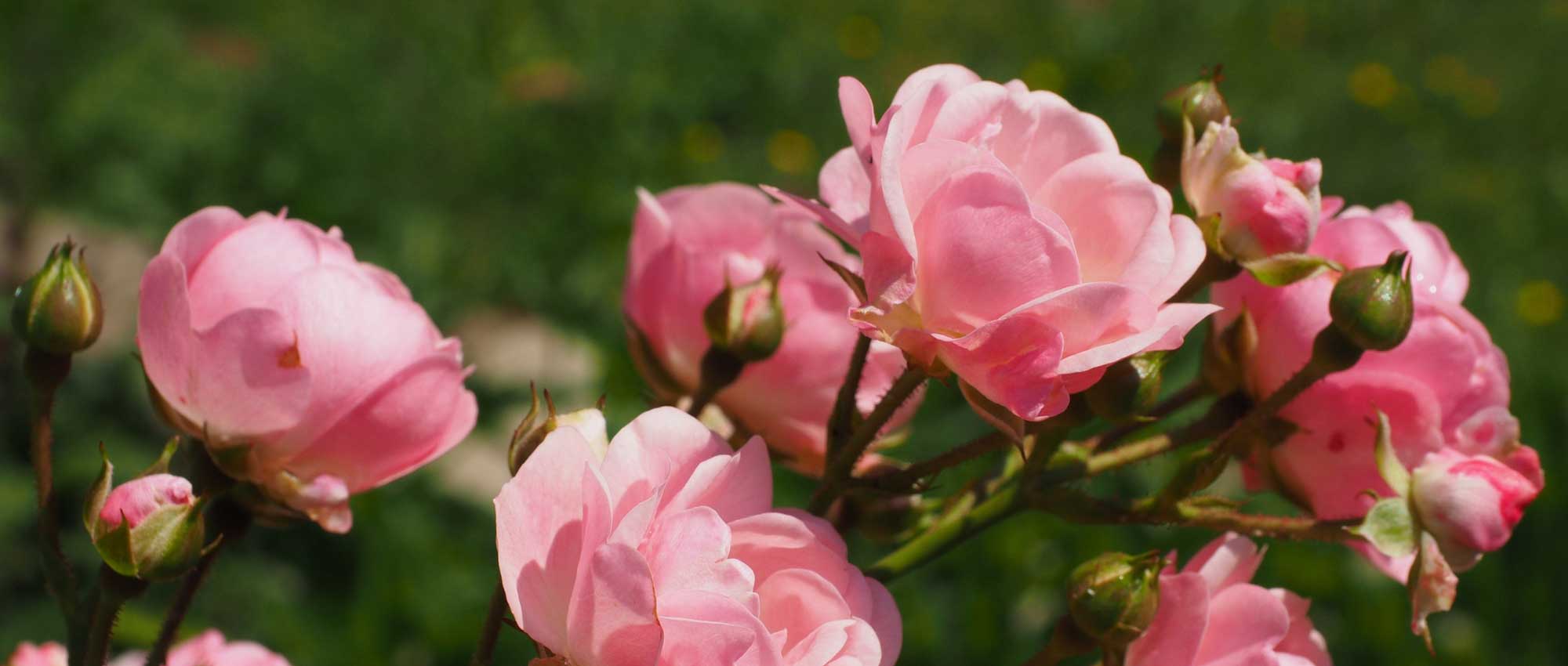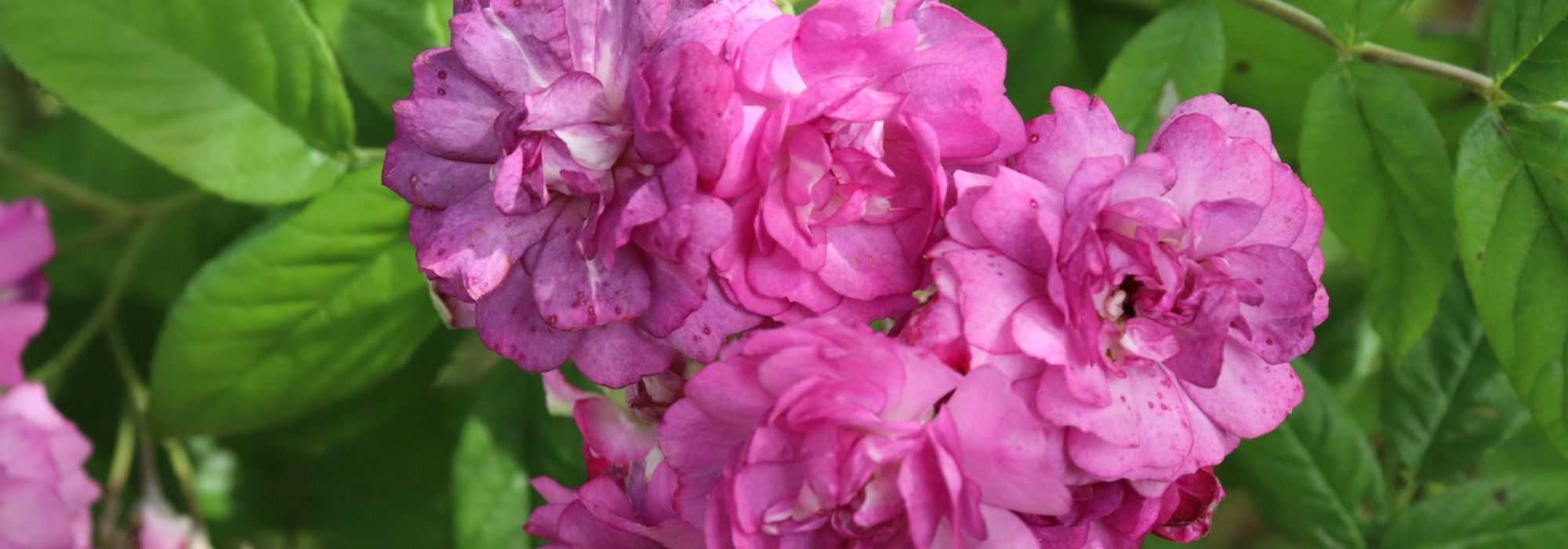Compact, with generous flowering and easy to grow, this Charles Aznavour® Rose will delight lovers of romance and refinement. Integrate it into a large rose bed, plant it in small groups at the front of a shrub border, or place it as a standalone feature in a charming small garden. The colour of its flowers will pair beautifully with all pastel blooms. Consider planting it near very easy-to-grow plants like foxgloves, hardy geraniums, border bellflowers, or perennial salvias… The very compact pot-grown weigelas also make lovely companions for bush roses. Its flowers are perfect for creating charming cut flower arrangements.
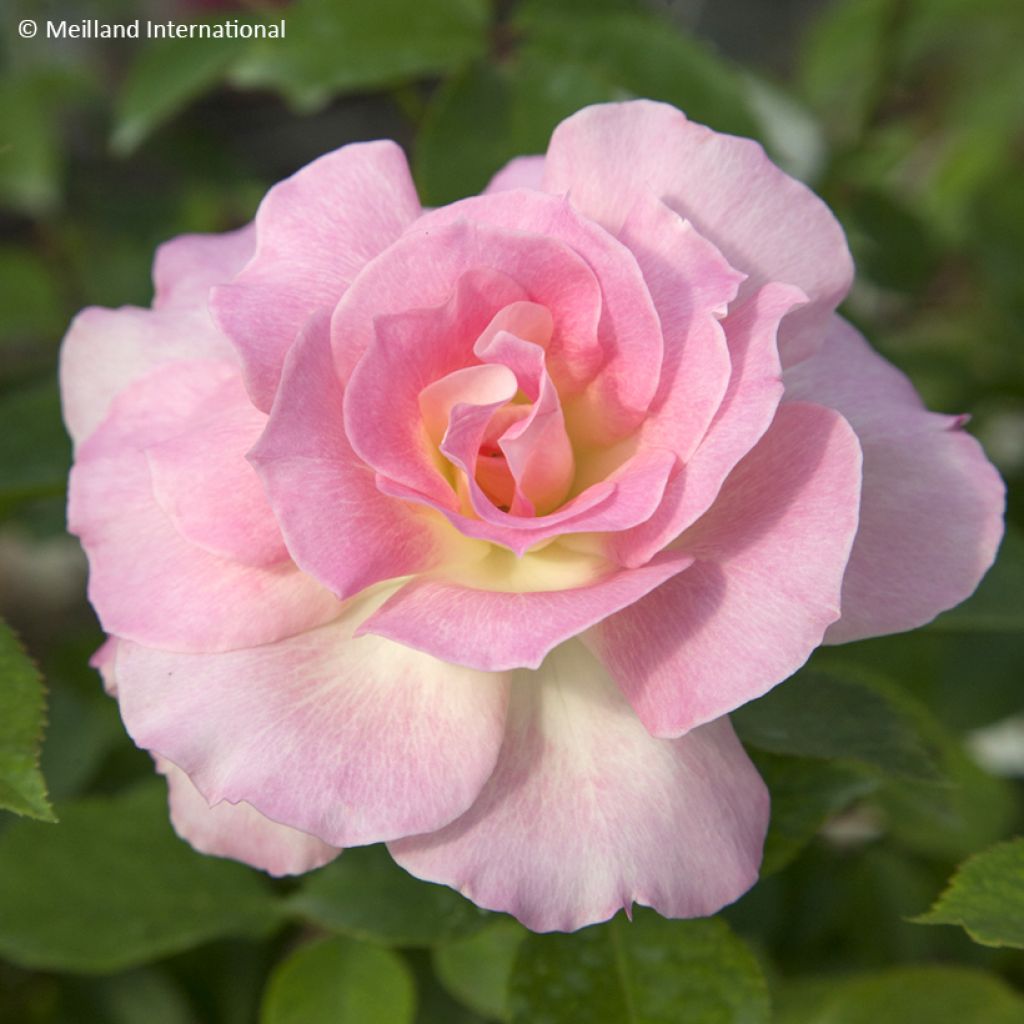

Rosa 'Meibeausai' CHARLES AZNAVOUR® - Rosier Charles Aznavour, Rosier Seduction
Share your pictures?
Hide split images
New arrival
Rosa 'Meibeausai' CHARLES AZNAVOUR® - Rosier Charles Aznavour, Rosier Seduction
Rosa 'Meibeausai' CHARLES AZNAVOUR®
Rosier Charles Aznavour, Rosier Seduction
Be the first to leave a review
Special offer!
Receive a €20 voucher for any order over €90 (excluding delivery costs, credit notes, and plastic-free options)!
1- Add your favorite plants to your cart.
2- Once you have reached €90, confirm your order (you can even choose the delivery date!).
3- As soon as your order is shipped, you will receive an email containing your voucher code, valid for 3 months (90 days).
Your voucher is unique and can only be used once, for any order with a minimum value of €20, excluding delivery costs.
Can be combined with other current offers, non-divisible and non-refundable.
Home or relay delivery (depending on size and destination)
Schedule delivery date,
and select date in basket
This plant carries a 24 months recovery warranty
More information
We guarantee the quality of our plants for a full growing cycle, and will replace at our expense any plant that fails to recover under normal climatic and planting conditions.

This rose produces either solitary, or small clustered double flowers measuring 8-10 cm throughout the season. The flowers in shades of pink fading to cream offer an elegant and romantic appearance. With a compact and well-balanced habit, the bush reaches a height of 70-80 cm and a spread of 40-50 cm. The foliage is dense, semi-glossy, and mid-green. A versatile, internationally awarded rose that will be easy to incorporate into any garden.
Flower size
9 cm
Height at maturity
70 cm
Spread at maturity
55 cm
Exposure
Sun
Hardiness
Hardy down to -20°C
Soil moisture
Moist soil
Does this plant fit my garden?
Set up your Plantfit profile →
Best planting time
February, October to November
Recommended planting time
January to April, September to December
JAN
J
FEB
F
MAR
M
APR
A
MAY
M
JUN
J
JUL
J
AUG
A
SEP
S
OCT
O
NOV
N
DEC
D
Flowering time
May to November
JAN
J
FEB
F
MAR
M
APR
A
MAY
M
JUN
J
JUL
J
AUG
A
SEP
S
OCT
O
NOV
N
DEC
D
Description
The Charles Aznavour® Rose is an excellent floribunda variety created by Meilland as a tribute to the famous French singer. Its naturally shaped, moderately double roses display a superb gradient of creamy white and pink. With a compact and regular habit, this bush fits perfectly into flowerbeds and large borders, or can be planted in groups of 3 to 5 specimens. Its abundant and continuous flowering from spring until the first frosts ensures an uninterrupted floral display.
The Charles Aznavour® 'Meibeausai' Rose was created by Meilland in 1987. It belongs to the floribunda or cluster-flowered rose group which produce flowers grouped in clusters. This bushy rose reaches 60 to 70 cm in height and spreads 40-50 cm wide. Its dark green, glossy foliage is deciduous: it falls in winter and reappears in spring. Its stems are thorny. Grouped in clusters of 3 to 7 roses, its blooms measure 8 to 10 cm in diameter each and feature around twenty slightly undulate petals. Their creamy white colour edged with carmine pink intensifies in cool weather. Unlike some floribunda varieties, this rose is not fragrant. Its flowering begins in May or June and renews itself until the first frosts without interruption.
The Charles Aznavour® 'Meibeausai' Rose has won several prestigious awards, including the Gold Medal at Bagatelle (1987), Courtrai (1987), Baden-Baden (1988), Japan (1988), as well as the AJH Prize (Association of Horticultural Journalists) in 1991. It was also honoured in the United States with the Award of Honour in Topeka (2000) and the title of Best Floribunda in New Jersey (2001). Internationally, this variety is also known as Seduction®, Matilda®, or Pearl of BedforView®.
Rosa 'Meibeausai' CHARLES AZNAVOUR® - Rosier Charles Aznavour, Rosier Seduction in pictures
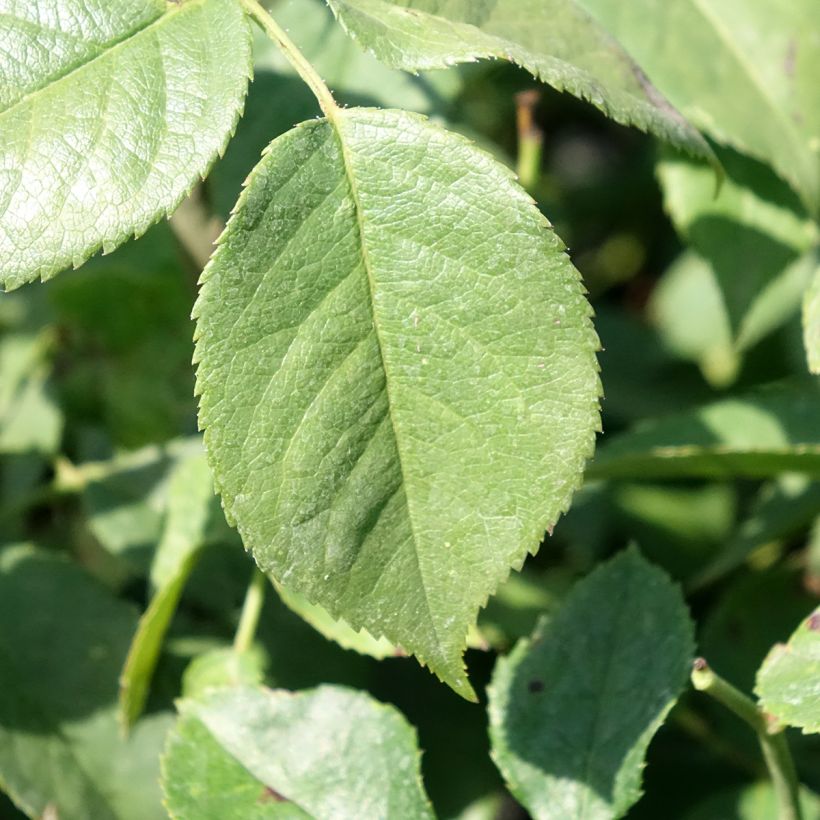

Rosa 'Meibeausai' CHARLES AZNAVOUR® - Rosier Charles Aznavour, Rosier Seduction (Foliage)
Plant habit
Height at maturity
70 cm
Spread at maturity
55 cm
Habit
irregular, bushy
Growth rate
fast
Flowering
Flower colour
pink
Flowering time
May to November
Inflorescence
Corymb, Double
Flower size
9 cm
Good for cut flowers
Cut flower blooms
Foliage
Foliage persistence
Deciduous
Foliage colour
dark green
Botanical data
Genus
Rosa
Cultivar
'Meibeausai' CHARLES AZNAVOUR®
Family
Rosaceae
Other common names
Rosier Charles Aznavour, Rosier Seduction
Origin
Cultivar or hybrid
Product reference
•
242310
Planting and care
To plant your Charles Aznavour rose, prepare the soil by digging a 30cm cube, breaking up the earth well and adding a base fertiliser such as dried blood or dehydrated horn at the bottom of the planting hole. Place your plant after removing it from its pot, covering the top of the root ball with 3cm of soil, backfill and water thoroughly to remove any air pockets. In dry weather, water regularly for a few weeks to encourage root establishment. Also consider feeding your rose with a special rose fertiliser to stimulate flowering. Choose a sunny position, or partial shade in very hot regions.
Planting period
Best planting time
February, October to November
Recommended planting time
January to April, September to December
Intended location
Suitable for
Meadow
Type of use
Border, Free-standing
Hardiness
Hardy down to -20°C (USDA zone 6b)
Show map
Ease of cultivation
Beginner
Planting density
6 per m2
Exposure
Sun
Soil pH
Any
Soil type
Clayey (heavy), Clayey-chalky (heavy and alkaline), Silty-loamy (rich and light)
Soil moisture
Moist soil, Ordinary, fertile.
Care
Pruning instructions
Prune your continuously flowering roses before the second flowering. Prune their branches by one-third each spring.
Pruning
Pruning recommended once a year
Pruning time
February to March
Soil moisture
Moist soil
Disease resistance
Good
Overwinter
Can be left in the ground
Planting & care advice
This item has not been reviewed yet - be the first to leave a review about it.
Leave a review →
Share your review
Haven't found what you were looking for?
Hardiness is the lowest winter temperature a plant can endure without suffering serious damage or even dying. However, hardiness is affected by location (a sheltered area, such as a patio), protection (winter cover) and soil type (hardiness is improved by well-drained soil).

Photo Sharing Terms & Conditions
In order to encourage gardeners to interact and share their experiences, Promesse de fleurs offers various media enabling content to be uploaded onto its Site - in particular via the ‘Photo sharing’ module.
The User agrees to refrain from:
- Posting any content that is illegal, prejudicial, insulting, racist, inciteful to hatred, revisionist, contrary to public decency, that infringes on privacy or on the privacy rights of third parties, in particular the publicity rights of persons and goods, intellectual property rights, or the right to privacy.
- Submitting content on behalf of a third party;
- Impersonate the identity of a third party and/or publish any personal information about a third party;
In general, the User undertakes to refrain from any unethical behaviour.
All Content (in particular text, comments, files, images, photos, videos, creative works, etc.), which may be subject to property or intellectual property rights, image or other private rights, shall remain the property of the User, subject to the limited rights granted by the terms of the licence granted by Promesse de fleurs as stated below. Users are at liberty to publish or not to publish such Content on the Site, notably via the ‘Photo Sharing’ facility, and accept that this Content shall be made public and freely accessible, notably on the Internet.
Users further acknowledge, undertake to have ,and guarantee that they hold all necessary rights and permissions to publish such material on the Site, in particular with regard to the legislation in force pertaining to any privacy, property, intellectual property, image, or contractual rights, or rights of any other nature. By publishing such Content on the Site, Users acknowledge accepting full liability as publishers of the Content within the meaning of the law, and grant Promesse de fleurs, free of charge, an inclusive, worldwide licence for the said Content for the entire duration of its publication, including all reproduction, representation, up/downloading, displaying, performing, transmission, and storage rights.
Users also grant permission for their name to be linked to the Content and accept that this link may not always be made available.
By engaging in posting material, Users consent to their Content becoming automatically accessible on the Internet, in particular on other sites and/or blogs and/or web pages of the Promesse de fleurs site, including in particular social pages and the Promesse de fleurs catalogue.
Users may secure the removal of entrusted content free of charge by issuing a simple request via our contact form.
The flowering period indicated on our website applies to countries and regions located in USDA zone 8 (France, the United Kingdom, Ireland, the Netherlands, etc.)
It will vary according to where you live:
- In zones 9 to 10 (Italy, Spain, Greece, etc.), flowering will occur about 2 to 4 weeks earlier.
- In zones 6 to 7 (Germany, Poland, Slovenia, and lower mountainous regions), flowering will be delayed by 2 to 3 weeks.
- In zone 5 (Central Europe, Scandinavia), blooming will be delayed by 3 to 5 weeks.
In temperate climates, pruning of spring-flowering shrubs (forsythia, spireas, etc.) should be done just after flowering.
Pruning of summer-flowering shrubs (Indian Lilac, Perovskia, etc.) can be done in winter or spring.
In cold regions as well as with frost-sensitive plants, avoid pruning too early when severe frosts may still occur.
The planting period indicated on our website applies to countries and regions located in USDA zone 8 (France, United Kingdom, Ireland, Netherlands).
It will vary according to where you live:
- In Mediterranean zones (Marseille, Madrid, Milan, etc.), autumn and winter are the best planting periods.
- In continental zones (Strasbourg, Munich, Vienna, etc.), delay planting by 2 to 3 weeks in spring and bring it forward by 2 to 4 weeks in autumn.
- In mountainous regions (the Alps, Pyrenees, Carpathians, etc.), it is best to plant in late spring (May-June) or late summer (August-September).
The harvesting period indicated on our website applies to countries and regions in USDA zone 8 (France, England, Ireland, the Netherlands).
In colder areas (Scandinavia, Poland, Austria...) fruit and vegetable harvests are likely to be delayed by 3-4 weeks.
In warmer areas (Italy, Spain, Greece, etc.), harvesting will probably take place earlier, depending on weather conditions.
The sowing periods indicated on our website apply to countries and regions within USDA Zone 8 (France, UK, Ireland, Netherlands).
In colder areas (Scandinavia, Poland, Austria...), delay any outdoor sowing by 3-4 weeks, or sow under glass.
In warmer climes (Italy, Spain, Greece, etc.), bring outdoor sowing forward by a few weeks.


































